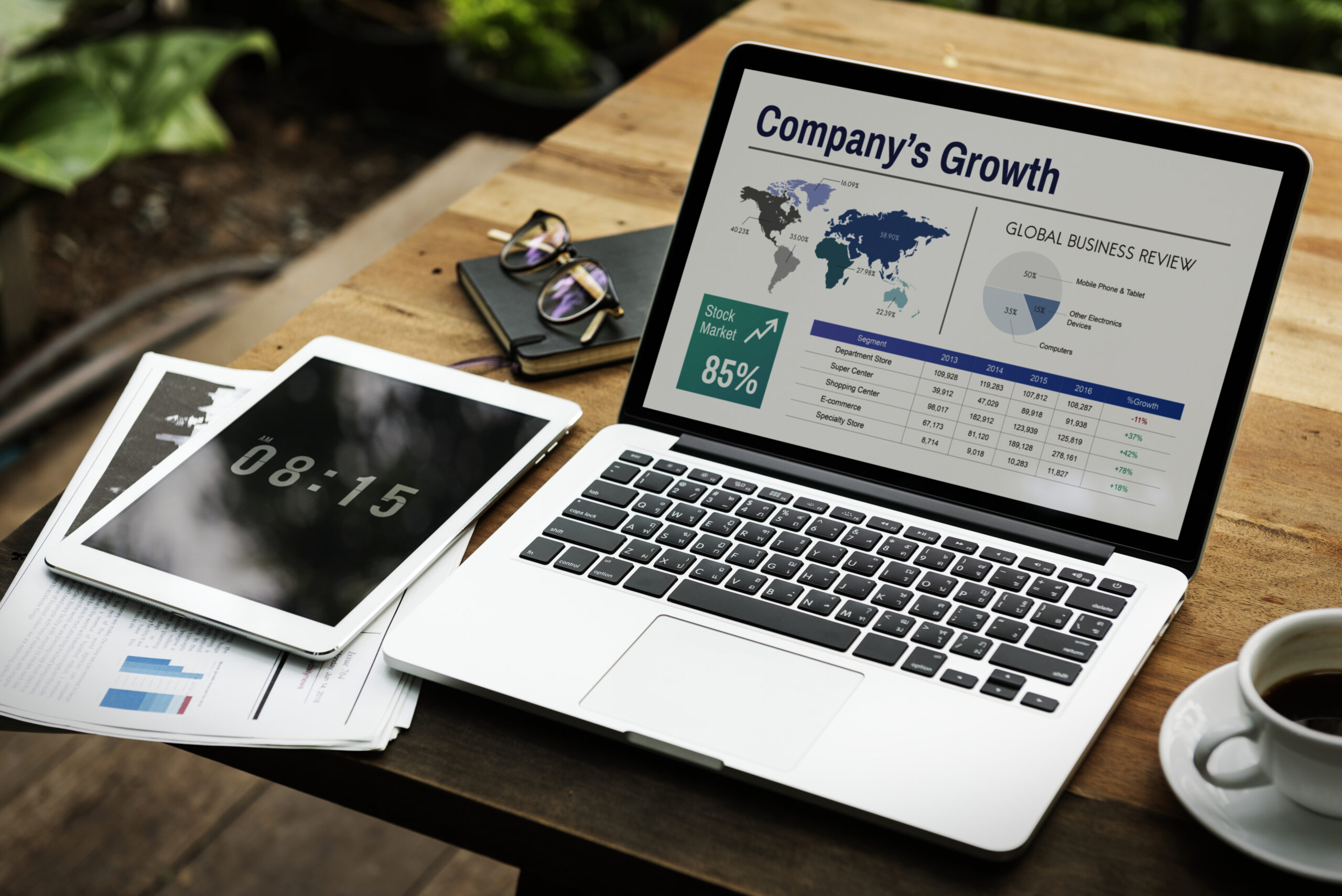When Should You Scale Your Meta Ad Budget?

Scaling a Meta (Facebook and Instagram) ad budget can unlock growth and profitability—but only when done at the right time. For ad managers operating in the growth stage, the question isn’t just can you scale, but when is the right moment to do so without breaking performance.
Understanding when to scale Meta ad budget means balancing data, timing, and platform behavior. Premature scaling can inflate costs and ruin performance. Wait too long, and you leave growth opportunities on the table.
This guide is designed to help ad managers identify the exact signals, thresholds, and best practices that indicate when a campaign is ready to scale. We’ll explore core concepts such as CPA shifts, campaign maturity, A/B testing at scale, and how Meta’s automation systems respond to changes in budget.
Why Timing Is Critical in Scaling Meta Ads
Scaling a Meta ad budget is not as simple as increasing daily spend. The Meta ad algorithm relies heavily on historical performance data and audience engagement patterns. Sudden or unplanned changes can trigger learning phases or destabilize performance. This is why knowing the right moment to scale matters just as much as knowing how to do it.
Scaling too early might interrupt a campaign that hasn’t fully matured, leading to wasted spend. Delaying scale after you’ve hit performance targets can mean missed sales or leads.
Timing your scale correctly is crucial, especially for businesses aiming to grow efficiently through digital advertising solutions that align with performance goals and budget discipline.
1. Recognizing Campaign Maturity
Before considering any budget increase, ensure your campaign has reached a level of maturity. A mature campaign typically exhibits:
- Stable Cost per Acquisition (CPA)
- Consistent Return on Ad Spend (ROAS)
- Completed learning phase
- Sufficient conversion volume (typically 50+ conversions per ad set per week)
Meta’s algorithm needs time to understand which users are most likely to take action. If you’re still in the learning phase, scaling will likely reset that learning and decrease efficiency.
Mature campaigns provide better predictability, making them safer to scale. Without maturity, even solid creatives or audiences can underperform under increased budgets.
2. Identifying CPA Drops or Stability
One of the clearest indicators that it’s time to scale is a sustained drop in CPA. If you’re consistently acquiring leads or sales at a lower-than-target cost, it’s a sign the campaign has efficiency headroom.
That said, don’t act on a single day of data. Wait for at least 3–7 days of stable or improving CPA metrics. Other helpful patterns include:
- CPA dropping week over week
- ROAS increasing or remaining stable with consistent delivery
- CTR staying healthy even as impressions increase
These are signs your campaign can handle additional budget without sacrificing performance. Sometimes scaling is also necessary to take advantage of successful branding initiatives. If your campaign recently followed a brand positioning upgrade, the impact on CPA might justify scaling sooner than usual.
3. Following Budget Threshold Guidelines
Meta tends to respond better to incremental scaling, especially within certain budget thresholds. Here are some practical steps for scaling without destabilizing:
- Increase budgets by 10–20% every 3 days for stable campaigns
- Avoid increases of 30% or more unless your campaign is highly mature
- Use CBO (Campaign Budget Optimization) to let Meta auto-distribute spend across ad sets efficiently
This incremental method keeps your campaign in the optimal performance zone and avoids re-triggering the learning phase.
Another approach is duplicate-to-scale. If you’re hesitant to touch your current campaign, duplicate the campaign with a higher budget and test performance separately.
Both methods should be monitored closely. If performance declines, scale back or revert to the original setup.
4. Scaling Through A/B Test Results
Another strategy is to scale based on A/B test winners. If you’ve been testing creatives, copy, audiences, or placements, and one clearly outperforms, use that insight to scale.
Key steps:
- Isolate the winning variable
- Build a campaign around that version
- Increase budget gradually based on prior test data
Meta’s platform makes it easy to run controlled A/B tests. Once a winner emerges, it often justifies budget increases—since you’re investing in what’s already working.
Scaling based on test data also allows you to justify decisions with clients or stakeholders. You’re not just “spending more,” you’re investing in proven assets.
For campaigns built on structured experimentation and automation insights, Apex SEO provides resources for ad managers managing complex media budgets across growth stages.
5. Automation Signals and Learning Phase Feedback
Meta’s built-in automation, including its learning phase feedback, offers useful data on whether your campaign is scale-ready.
If your ads have exited the learning phase and continue delivering stable or improving results, that’s a green light. Indicators that Meta automation is working in your favor:
- Delivery status shows “Active” without issues
- No frequent “learning limited” status
- CPA remains consistent across budget changes
- Ad sets receive consistent impressions and reach
The platform’s machine learning systems are designed to improve over time. Scaling works best when Meta’s systems have enough data to operate predictably.
If you’re using Advantage+ campaigns, or heavily relying on Meta automation, avoid frequent manual interventions—scaling too aggressively or too often may reset performance signals.
6. Situational Scaling Opportunities
There are also contextual triggers where scaling is less about performance data and more about opportunity:
- Seasonal trends: Holidays, product launches, or industry events may warrant aggressive short-term scaling.
- Inventory availability: If stock is ready, a mature campaign can scale faster to meet demand.
- Competitor movement: If competition pulls back spend, CPMs drop and scaling becomes more cost-effective.
These windows are short, but can offer high return. Make sure performance fundamentals are in place before reacting to external trends.
To explore structured strategies for performance campaigns that align with media buying cycles, get in touch via our contact page or call +1(904)20673-2396.
7. Monitoring Post-Scale Performance
After increasing the budget, your job isn’t done. You must monitor key metrics to ensure performance doesn’t suffer:
- Track CPA and ROAS daily for 3–5 days post-scale
- Watch frequency to avoid creative fatigue
- Monitor CTR and engagement for drops
- Be ready to pause, reduce, or test new creatives if performance dips
A successful scale doesn’t always maintain the same performance levels, but it should still stay within profitability targets.
Scaling is part of a cycle: scale, stabilize, optimize, repeat.
Final Thoughts: Know When, Then Know How
The most successful Meta advertisers don’t scale based on gut feeling. They watch data, follow platform behavior, and scale intentionally. If you’re wondering when to scale Meta ad budget, the answer lies in the signals:
- CPA stability or improvement
- Campaign maturity
- Results from structured testing
- Automation alignment
- Budget increase thresholds
Scale only when your data supports it, and build processes to evaluate impact post-scale. This approach ensures not just bigger spend, but better return.
Frequently Asked Questions
Q1: What’s the safest way to scale a Meta ad budget?
Increase the budget by 10–20% every few days on a mature campaign. This avoids re-triggering the learning phase and keeps performance stable.
Q2: How do I know if my campaign is ready for scaling?
Look for CPA consistency, completed learning phase, strong CTR, and stable conversion volume. These are signs the campaign can handle more spend.
Q3: Should I scale based on A/B test results?
Yes. If an ad variation performs significantly better during testing, it’s smart to scale that version and pause underperformers.
Q4: Can automation handle scaling better than manual control?
Meta’s automation, like CBO and Advantage+, works best when left uninterrupted. Letting automation scale based on performance signals can be effective, but requires close monitoring.
Q5: What should I monitor after scaling?
Keep a close eye on CPA, ROAS, CTR, and frequency. Watch for early signs of creative fatigue or cost creep, and be ready to adjust.



